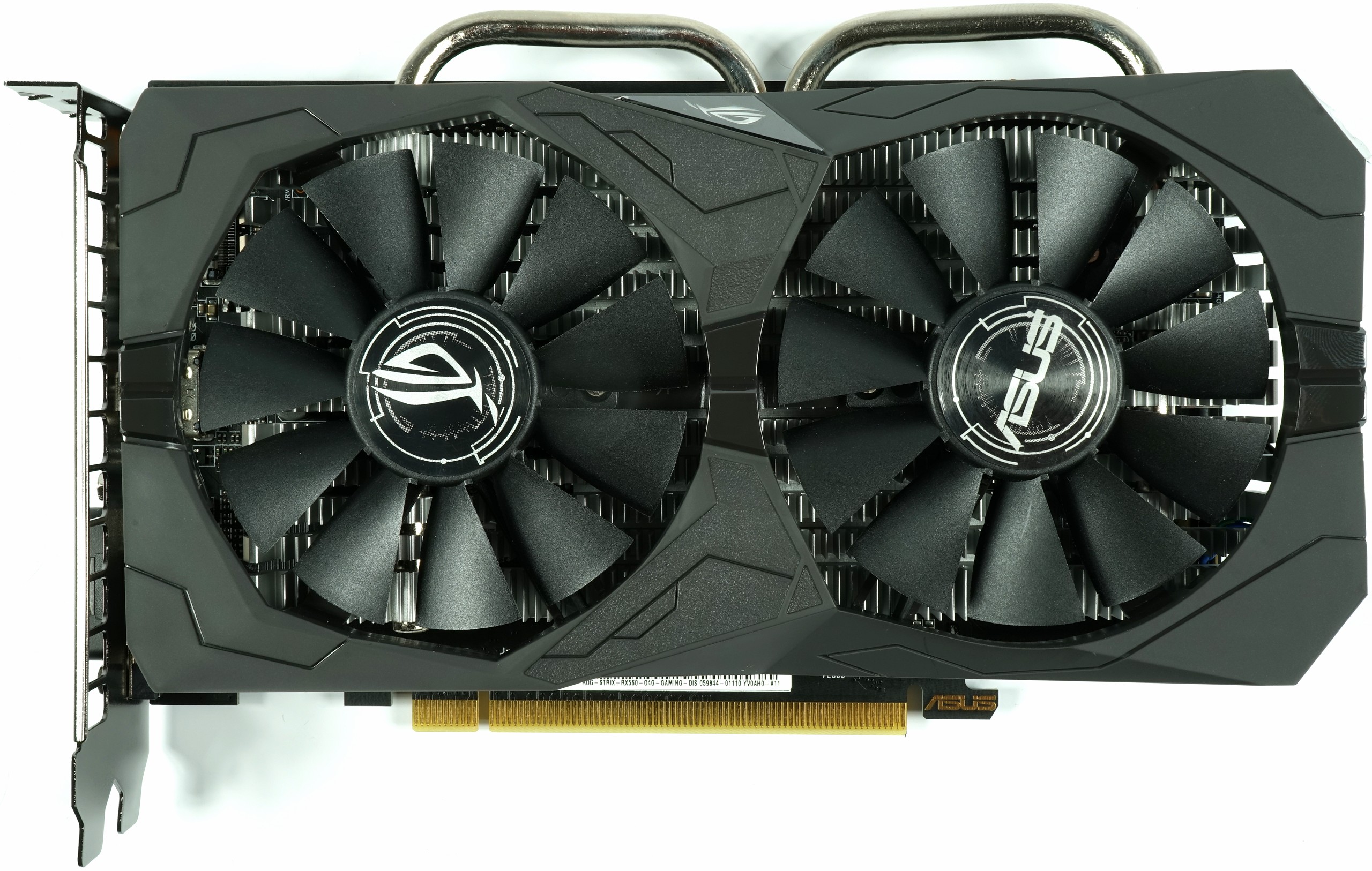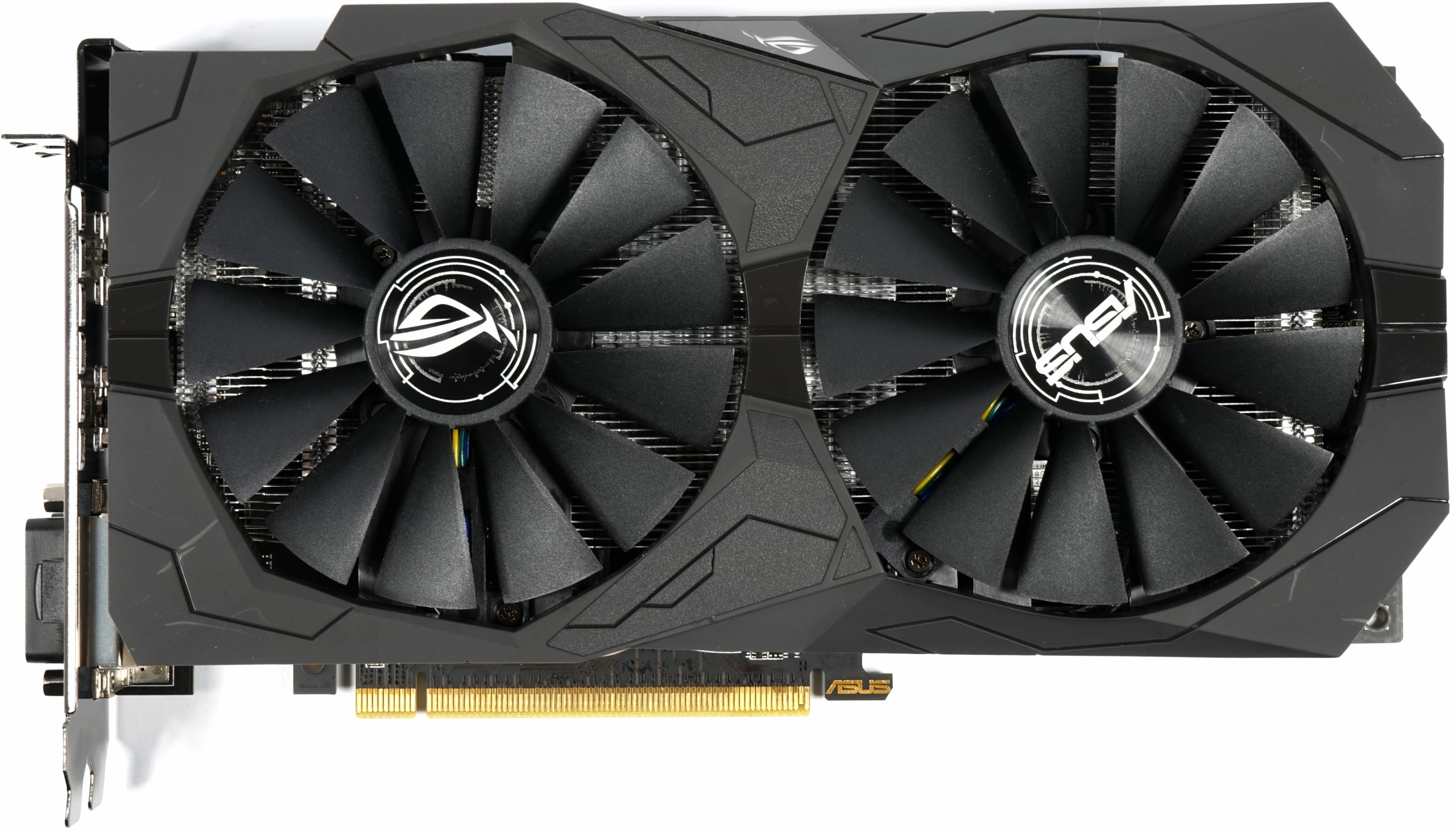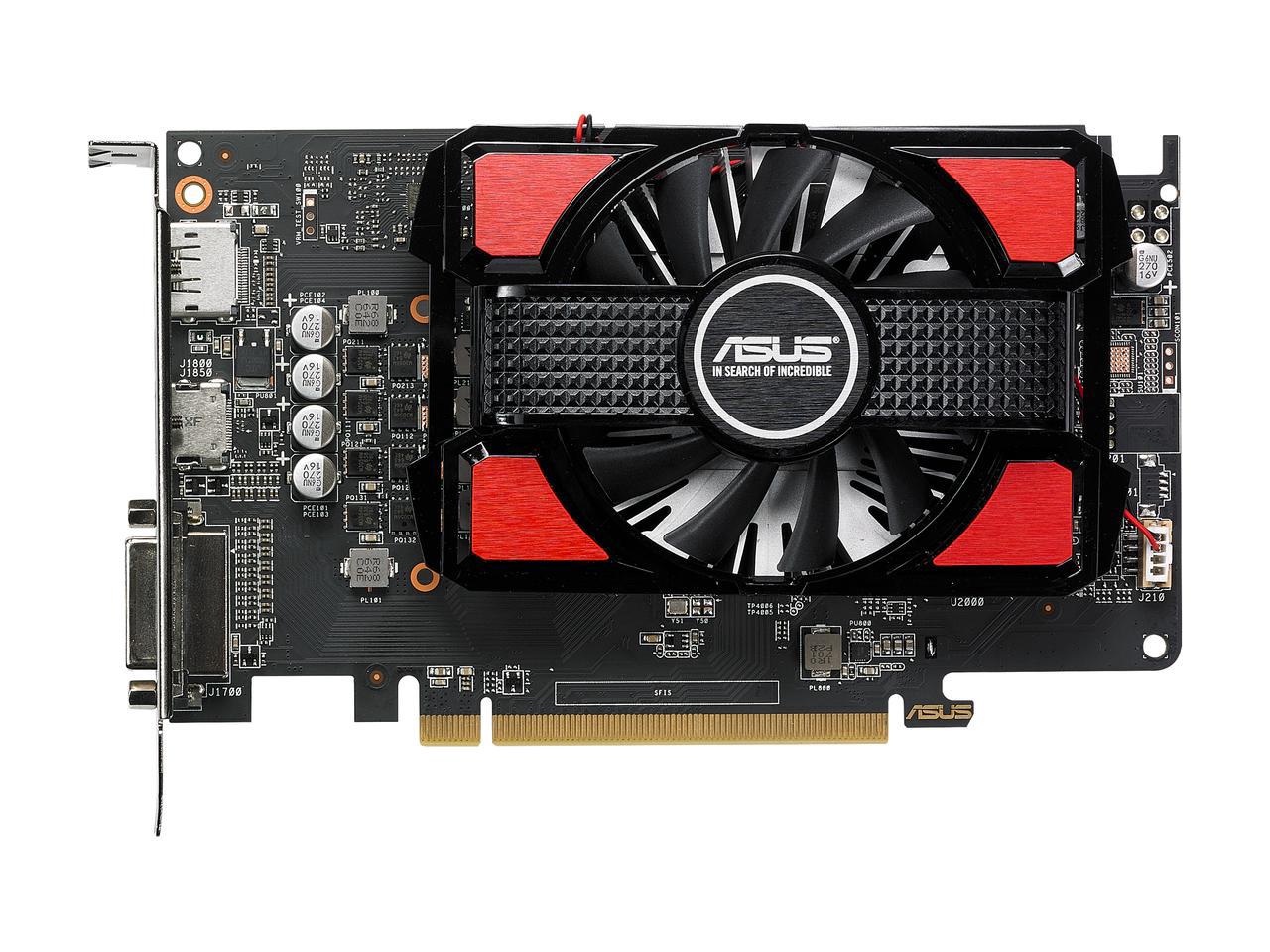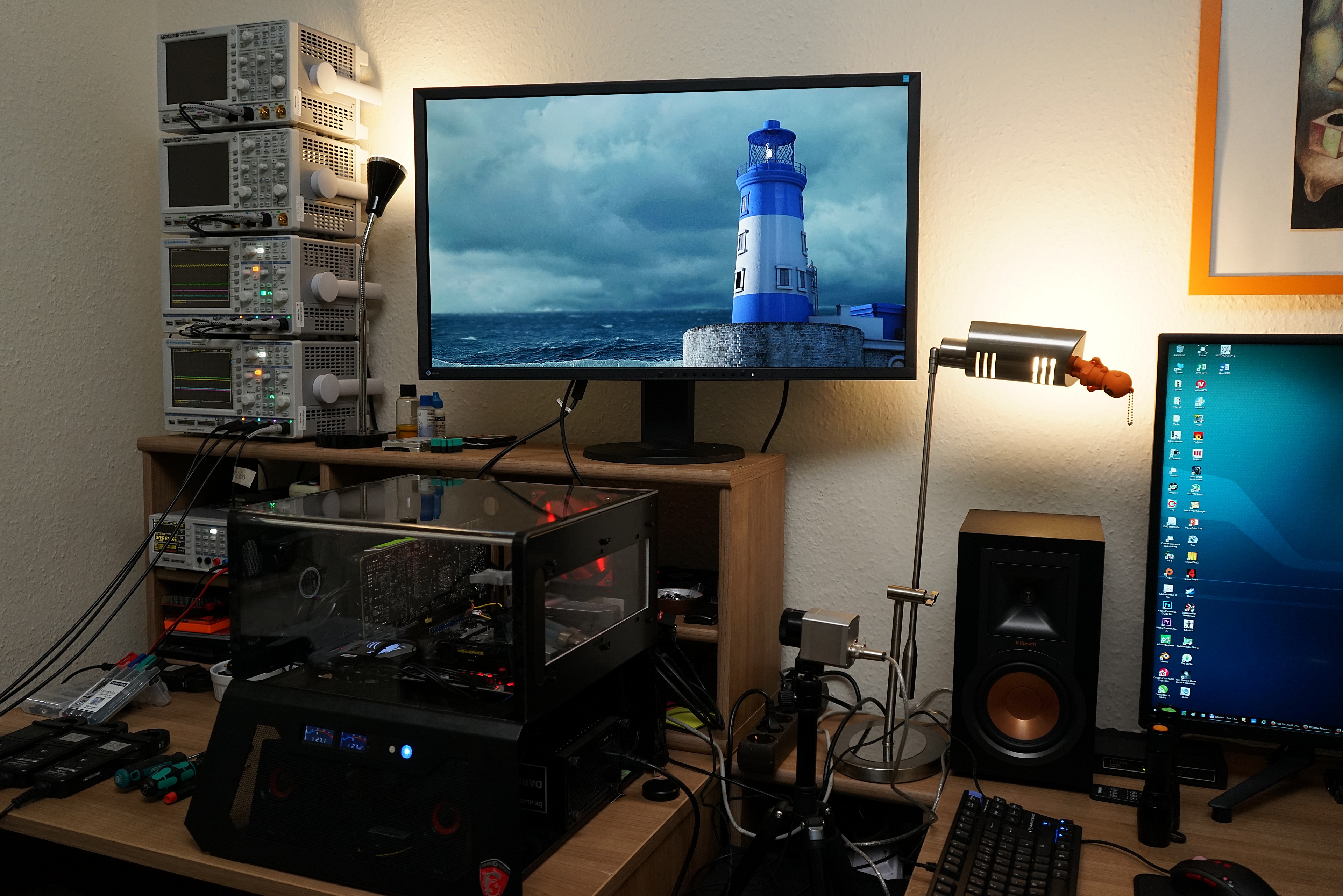AMD Radeon RX 560 4GB Review: 1080p Gaming On The Cheap
Why you can trust Tom's Hardware
How We Tested Radeon RX 560
Multiple games and several driver updates have passed through our lab since the last time we reviewed a mainstream graphics card, so we decided to hit the reset button on our suite, settings, and old benchmark data to start anew for Radeon RX 560.
We’re comparing Asus’ ROG Strix Radeon RX 560 O4GB Gaming OC Edition to its modern contemporaries, including Radeon RX 570 and Radeon RX 550 in the 500-series, along with Radeon RX 460 from the generation prior. Comparison points from Nvidia take the form of GeForce GTX 1050 Ti, GeForce GTX 1050, and GeForce GT 1030—all of the company’s mainstream Pascal-based hardware. These are all partner cards, as reference models generally don’t exist.

We also wanted to ensure our cards were paired to a representative platform, rather than a much higher-end configuration than they’d see in the wild. As a result, we pulled the Core i7-6700K/7700K out of our MSI Z270 Gaming Pro Carbon motherboard and replaced it with the Core i3-6320 we’ve been using for much of our mainstream testing. Moreover, we pulled two modules from our G.Skill F4-3200C14Q-32GTZ memory kit and left the Core i3’s IMC at DDR4-2133.
Our AMD graphics drivers were updated to Crimson ReLive Edition 17.9.1, while the Nvidia cards used GeForce Game Ready Driver 385.41.
In the past, mainstream GPU reviews emphasized e-Sports and older games. Radeon RX 560 should be able to handle newer titles, though. StarCraft II, Civilization VI, Dota 2, Overwatch, Diablo III—games like that shouldn’t pose much of a challenge. While we’re leaving World of Warcraft in today’s suite, our focus is predominantly on faster-paced, more detailed titles with a big emphasis on DirectX 12.
Test System & Methodology
We introduced our new test system and methodology in How We Test Graphics Cards. If you'd like more detail about our general approach, check that piece out. Note that we've upgraded our CPU and cooling solution since then in order to avoid any potential bottlenecks when benchmarking a fast graphics cards such as this one.
The hardware used in our lab includes:
Get Tom's Hardware's best news and in-depth reviews, straight to your inbox.
| Test Equipment and Environment | |
|---|---|
| System | U.S.:- Intel Core i3-6320- MSI Z270 Gaming Pro Carbon- G.Skill F4-3200C14Q-32GTZ @ 2133 MT/s (16GB installed)- 500GB Crucial MX200- be quiet Dark Power Pro 11, 850W PSU- Windows 10 ProGermany:- Intel Core i7-6900K @ 4.3 GHz- MSI X99S Xpower Gaming Titanium- Corsair Vengeance DDR4-3200- 1x 1TB Toshiba OCZ RD400 (M.2 SSD, System)- 2x 960GB Toshiba OCZ TR150 (Storage, Images)- be quiet! Dark Power Pro 11, 850W PSU- Windows 10 Pro |
| Cooling | - Alphacool Eisblock XPX- Alphacool Eiszeit 2000 Chiller- 2x be quiet! Silent Wings 3 PWM (Closed Case Simulation)- Thermal Grizzly Kryonaut (Used when Switching Coolers) |
| PC Case | - Lian Li PC-T70 with Extension Kit and Mods - Configurations: Open Benchtable, Closed Case |
| Monitor | - Eizo EV3237-BK |
| Power Consumption Measurement | - Contact-free DC Measurement at PCIe Slot (Using a Riser Card) - Contact-free DC Measurement at External Auxiliary Power Supply Cable - Direct Voltage Measurement at Power Supply - 2 x Rohde & Schwarz HMO 3054, 500MHz Digital Multi-Channel Oscilloscope with Storage Function - 4 x Rohde & Schwarz HZO50 Current Probe (1mA - 30A, 100kHz, DC) - 4 x Rohde & Schwarz HZ355 (10:1 Probes, 500MHz) - 1 x Rohde & Schwarz HMC 8012 Digital Multimeter with Storage Function |
| Thermal Measurement | - 1 x Optris PI640 80Hz Infrared Camera + PI Connect - Real-Time Infrared Monitoring and Recording |
| Noise Measurement | - NTI Audio M2211 (with Calibration File, Low Cut at 50Hz) - Steinberg UR12 (with Phantom Power for Microphones) - Creative X7, Smaart v.7 - Custom-Made Proprietary Measurement Chamber, 3.5 x 1.8 x 2.2m (L x D x H) - Perpendicular to Center of Noise Source(s), Measurement Distance of 50cm - Noise Level in dB(A) (Slow), Real-time Frequency Analyzer (RTA) - Graphical Frequency Spectrum of Noise |
MORE: Best Graphics Cards
MORE: Desktop GPU Performance Hierarchy Table
MORE: All Graphics Content
Current page: How We Tested Radeon RX 560
Prev Page Asus ROG Strix Radeon RX 560 4GB Gaming OC Edition Next Page Ashes of the Singularity: Escalation (DirectX 12)-
RomeoReject Cutting it by $20 would make it a $100 card. They'd likely be losing money at that price point.Reply -
firerod1 Reply20235344 said:Cutting it by $20 would make it a $100 card. They'd likely be losing money at that price point.
I meant this card since it’s 1050 ti price while offering 1050 performance. -
cryoburner Reply...we couldn’t wait to see how Radeon RX 560 improved upon it.
Is that why you waited almost half a year to review the card? :3 -
shrapnel_indie Reply20235672 said:...we couldn’t wait to see how Radeon RX 560 improved upon it.
Is that why you waited almost half a year to review the card? :3
Did you read the review?
At the beginning of the conclusion:
The pace at which new hardware hit our lab this summer meant we couldn’t review all of AMD’s Radeon RX 500-series cards consecutively.
-
Wisecracker 4GB on the Radeon RX 560 = "Mining Card"Reply
The minimal arch (even with the extra CUs) can't use 4GB for gaming like the big brother 570. The 2GB RX 560 even trades blows with its 4GB twin, along with the 2GB GTX 1050, at the $110-$120 price point for the gamer bunch.
Leave the RX 560 4GB for the "Entrepreneurial Capitalist" crowd ...
-
bit_user I think your power dissipation for the 1050 Ti is wrong. While I'm sure some OC'd model use more, there are 1050 Ti's with 75 W TDP.Reply
Also, I wish the RX 560 came in a low-profile version, like the RX 460 did (and the GTX 1050 Ti does). This excludes it from certain applications. It's the most raw compute available at that price & power dissipation. -
senzffm123 correct, i got one of those 1050 TI with 75 W TDP in my rig, doesnt have a power connector as well. hell of a card!Reply -
turkey3_scratch My RX 460 I bought for $120 back in the day (well, not that far back). There were some for $90 I remember, too. Seems like just an RX 460. Well, it is basically an RX 460.Reply -
jdwii Man Amd what is up with your GPU division for the first time ever letting Nvidia walk all over you in performance per dollar, performance per watt and overall performance, this is very sad.Reply
Whatever Amd is doing with their architecture and leadership in the GPU division needs to change. I can't even think of a time 2 years ago and before where nvidia ever offered a better value.



